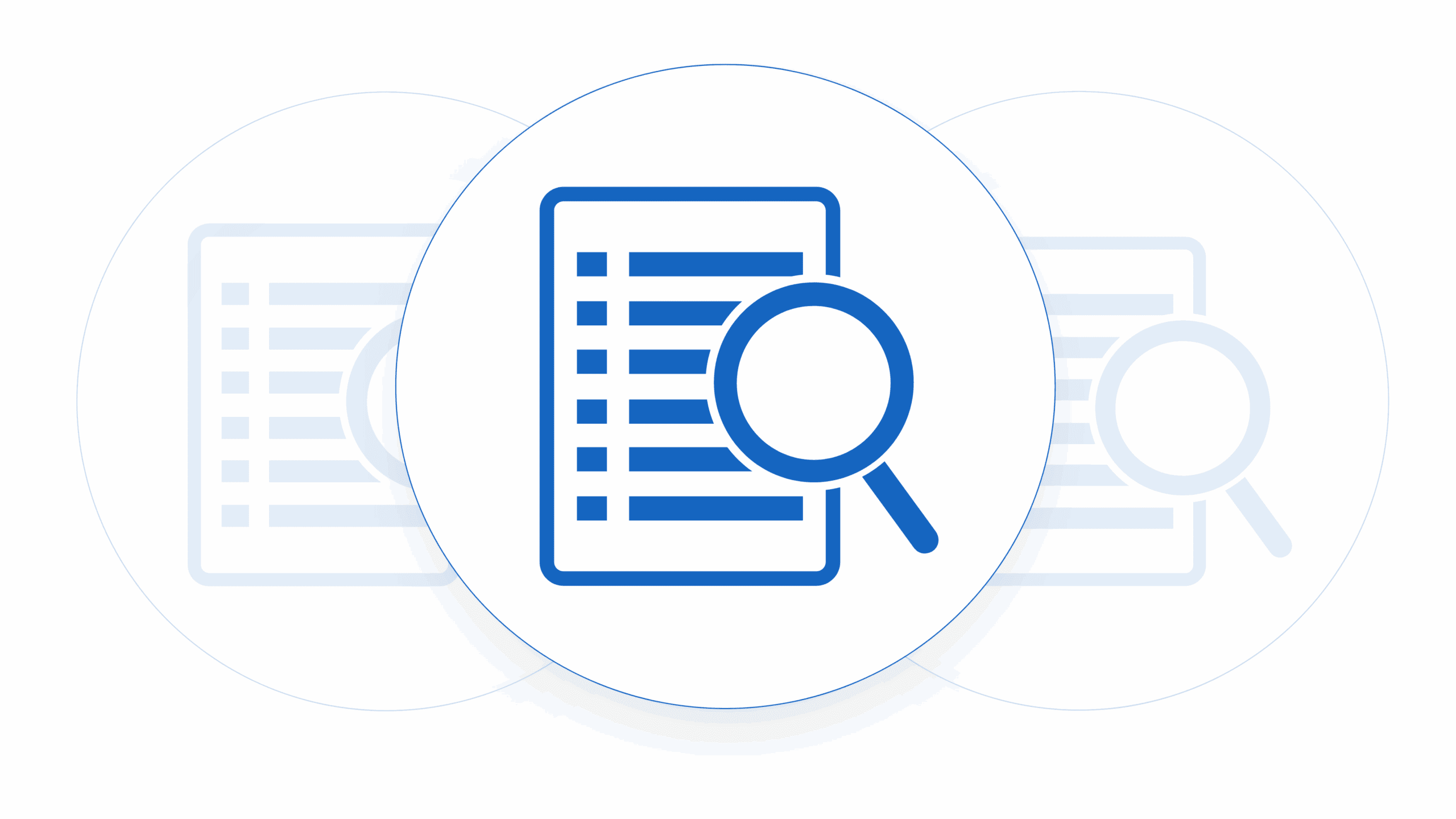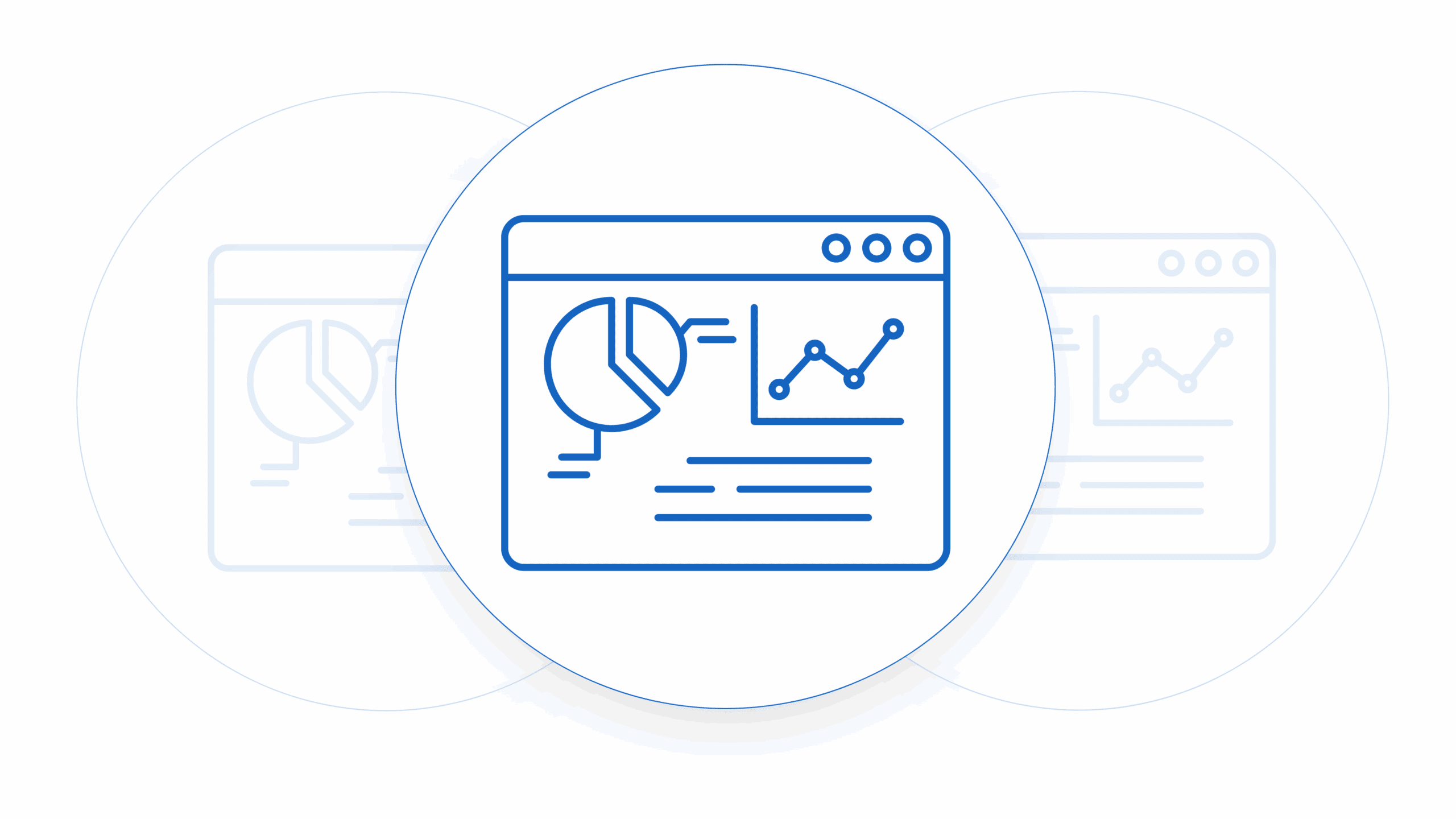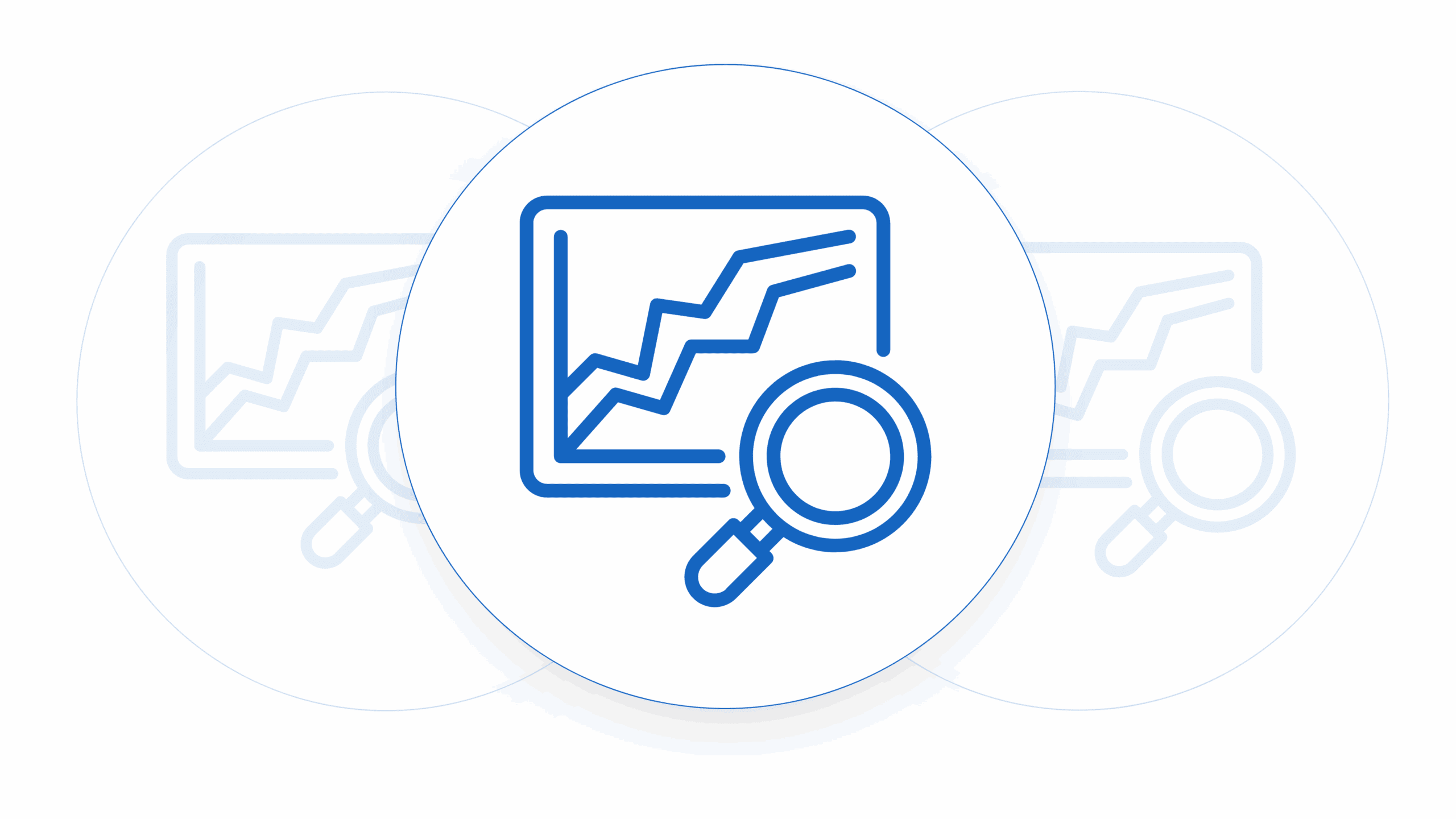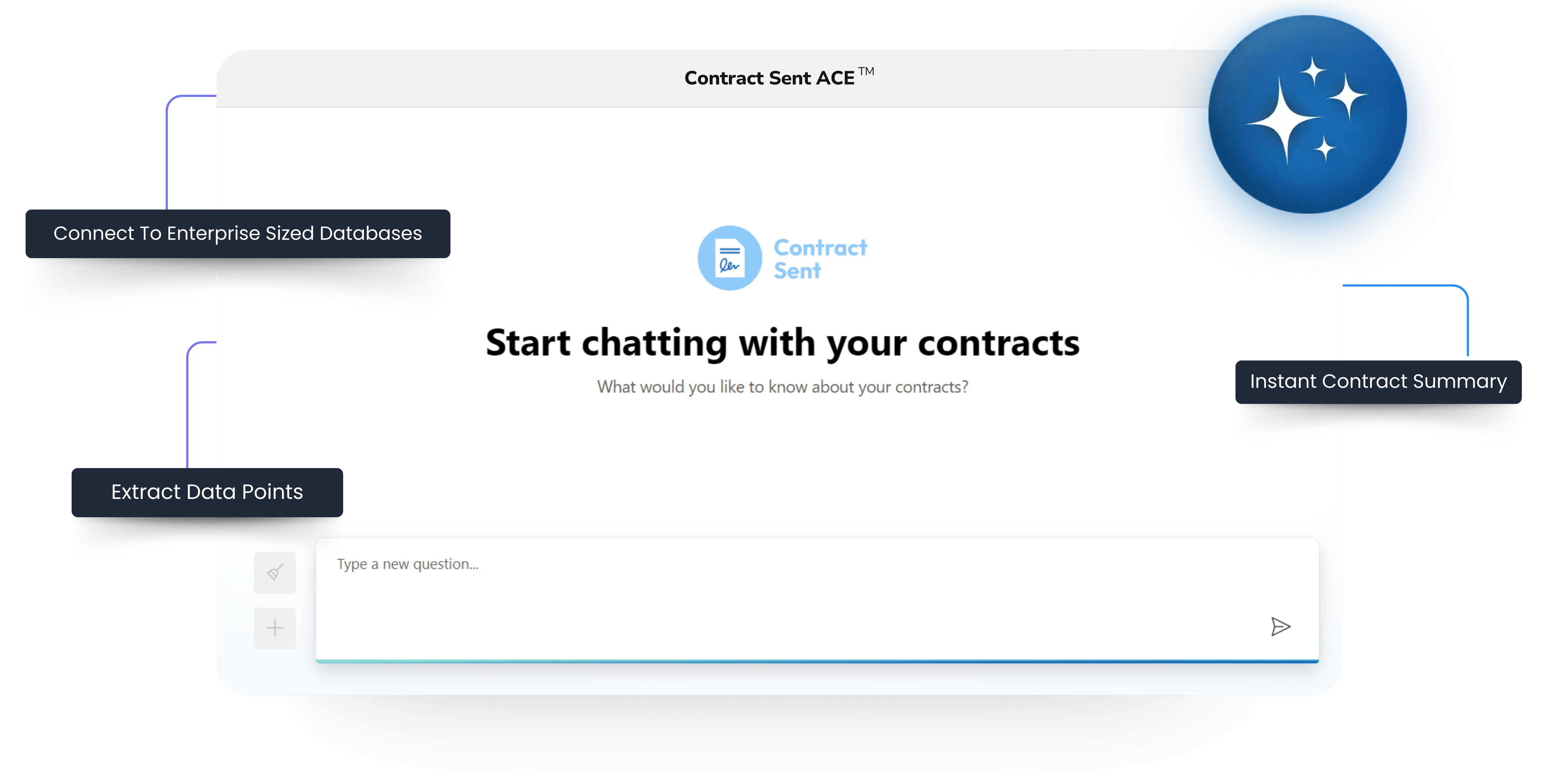Sales forecasting is an essential practice for any business, but it holds particular significance for small businesses. Accurate sales forecasts can help you make informed decisions, allocate resources efficiently, and set realistic growth targets. This guide will walk you through the fundamentals of sales forecasting and share best practices to help your small business thrive.
What is Sales Forecasting?
Sales forecasting is the process of estimating future sales. By analyzing historical data, market trends, and other relevant factors, businesses can predict their sales performance over a specific period. For small businesses, this means understanding how much revenue you can expect to generate, which in turn helps in planning inventory, staffing, and budgeting.
Why is Sales Forecasting Important for Small Businesses?
- Resource Allocation: Knowing your expected sales helps you allocate resources more effectively. Whether it’s inventory, staffing, or marketing budgets, having a clear picture of future sales allows you to invest wisely.
- Cash Flow Management: Accurate sales forecasts enable better cash flow management. By predicting your revenue, you can plan for expenses and avoid cash shortages.
- Goal Setting: Sales forecasts provide a benchmark for setting realistic business goals. They help you understand what is achievable and push your team towards attainable targets.
- Risk Mitigation: By anticipating market fluctuations and potential downturns, you can develop strategies to mitigate risks and navigate challenges more effectively.
Types of Sales Forecasting Methods
There are several methods to forecast sales, each with its own strengths and weaknesses. Here are some commonly used techniques:
- Historical Data Analysis: This method involves analyzing past sales data to identify trends and patterns. For small businesses, this can be particularly useful if you have a few years of sales data to draw from.
- Market Research: Conducting market research helps you understand industry trends, customer preferences, and competitive dynamics. This information can be used to make more informed sales predictions.
- Sales Team Estimates: Your sales team can provide valuable insights based on their interactions with customers and prospects. Their estimates can be aggregated to form a sales forecast.
- Statistical Models: Advanced statistical models, such as regression analysis, can be used to predict sales based on various factors like seasonality, economic indicators, and marketing efforts.
- Pipeline Forecasting: This method involves analyzing your sales pipeline to estimate future sales. By evaluating the stages of your sales process and the likelihood of closing deals, you can predict revenue more accurately.
Best Practices for Sales Forecasting in Small Businesses
- Use Multiple Methods: Relying on a single forecasting method can be risky. Combining different techniques can provide a more comprehensive and accurate forecast.
- Regularly Update Forecasts: Sales forecasting is not a one-time activity. Regularly updating your forecasts with the latest data ensures they remain relevant and accurate.
- Involve Your Team: Engage your sales team in the forecasting process. Their firsthand knowledge of customer behavior and market conditions can provide valuable insights.
- Leverage Technology: Utilize sales forecasting software and tools to streamline the process. These tools can automate data analysis and provide more accurate predictions.
- Monitor Key Metrics: Keep an eye on key performance indicators (KPIs) such as conversion rates, average deal size, and sales cycle length. These metrics can help you refine your forecasts.
- Adjust for Seasonality: Many businesses experience seasonal fluctuations in sales. Adjust your forecasts to account for these variations to avoid overestimating or underestimating demand.
- Scenario Planning: Develop different sales scenarios based on various assumptions. This helps you prepare for different outcomes and make more informed decisions.
- Review and Learn: After each forecasting period, review the accuracy of your predictions. Analyze any discrepancies and learn from them to improve future forecasts.
Implementing Sales Forecasting in Your Small Business
- Gather Data: Start by collecting historical sales data, market research, and insights from your sales team. The more data you have, the more accurate your forecasts will be.
- Choose the Right Tools: Invest in sales forecasting software that suits your business needs. Look for tools that integrate with your existing systems and provide user-friendly interfaces.
- Set Clear Objectives: Define what you want to achieve with your sales forecasts. Whether it’s improving cash flow management or setting sales targets, having clear objectives will guide your forecasting efforts.
- Train Your Team: Ensure your team understands the importance of sales forecasting and how to contribute effectively. Provide training on using forecasting tools and interpreting data.
- Create a Forecasting Model: Develop a forecasting model that incorporates multiple methods and factors relevant to your business. This model should be flexible enough to adapt to changing conditions.
- Monitor and Adjust: Continuously monitor your sales performance against your forecasts. Make adjustments as needed to stay on track and achieve your business goals.
Common Challenges in Sales Forecasting
- Data Quality: Inaccurate or incomplete data can lead to unreliable forecasts. Ensure your data is clean, consistent, and up-to-date.
- Market Volatility: Rapid changes in the market can make forecasting difficult. Stay informed about industry trends and be prepared to adjust your forecasts accordingly.
- Bias: Personal biases can influence sales forecasts. Encourage objective analysis and use data-driven methods to minimize bias.
- Complexity: Advanced forecasting methods can be complex and time-consuming. Balance the need for accuracy with the resources available to your small business.
Sales forecasting is a critical practice for small businesses, providing the insights needed to make informed decisions and drive growth. By understanding the different forecasting methods and implementing best practices, you can create accurate and reliable sales forecasts. Remember to involve your team, leverage technology, and continuously refine your approach to stay ahead of the competition. With effective sales forecasting, your small business can navigate challenges, seize opportunities, and achieve long-term success.












